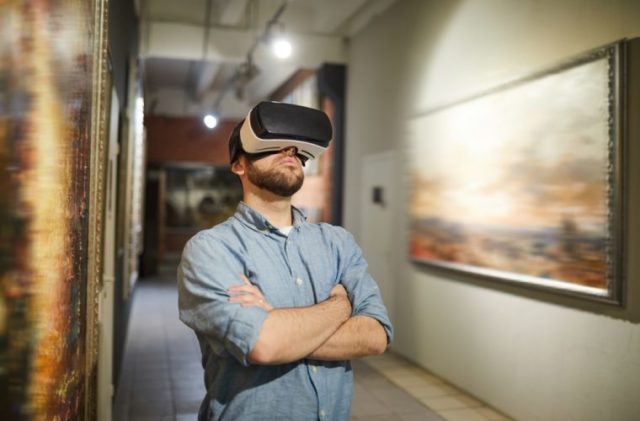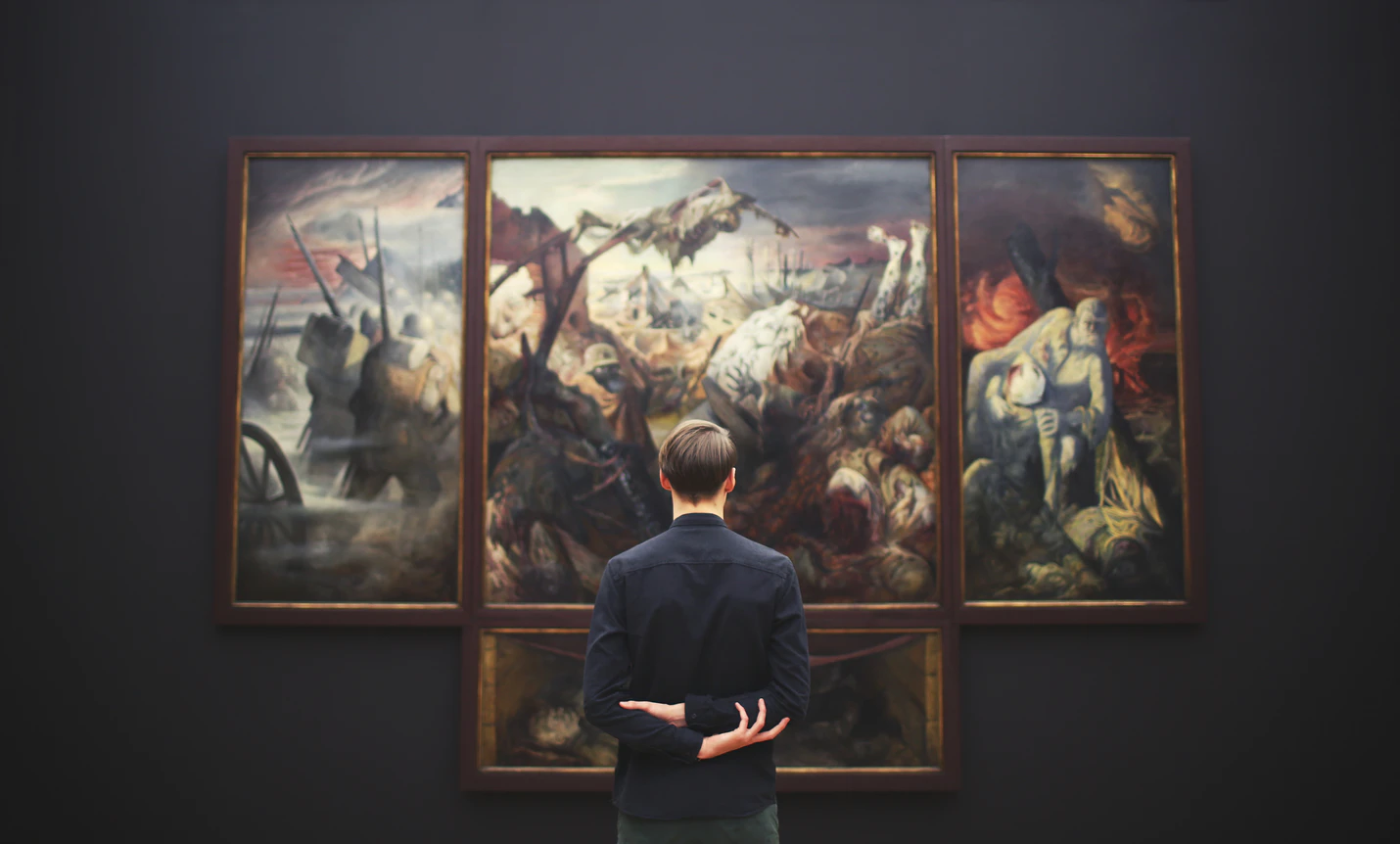Who says museums haven’t started their digital transformation? They are doing the exact opposite — cultural places are engaged in a race for technology, whether in the context of public reception, data management, or heritage preservation.
Augmented reality, to save historical memory
That is a real time machine. Many museums and historic monuments now offer a touchpad or a device to assist the visitor. The start-up Histovery, a platform of augmented visits, for example, offers the Histopad, a touch screen with augmented reality technology, which immerses castle visitors in 360-degree reconstructions of the site. The use is simple, just point the Histopad towards the bare walls of the monument, and the tablet restores the places in their state at a given time. The Conciergerie de Paris, the Palais des Papes in Avignon, and the Domaine National de Chambord have already been in service for several years. This exciting site offers an exploration of the castle in the 16th century: thanks to the work of the expertise of Renaissance specialists, the distribution, decor, and furnishings of certain rooms could be re-imagined completely.
“Our innovative solutions allow the general public to rediscover the richness of the cultural heritage through interactive technologies, spectacular and accessible to anyone, with rigorous respect for scientific knowledge,” assures Histovery.
Chatbots, to organize and be guided
They are developing in all areas of customer relations, so it is not surprising that virtual assistants also invade cultural places. Without, of course, replacing the “human” guides, chatbots can answer some of the most common basic questions. The Anne Frank Museum in Amsterdam, for example, has developed a conversational agent in collaboration with Facebook Netherlands, which works on the Messenger application. Designed to be a companion like Anne Frank, the young German girl known for having written her diary during the Nazi period, the software is useful for preparing an exciting visit from a practical point of view and considering all the aspects: timetables, booking a ticket, etc … What is more, it also allows you to ask questions relating to the theme of the exhibition: “Do you want to learn more about the story of Anne Frank? Do you want to know more about her or the place where the Frank family was hidden? Are you interested in their arrest or about life in Amsterdam before the war?” With such technology, it can be a perfect journey full of discoveries.
“More than 70 years after the war, half of our visitors are under 30, with modern devices and the best electric bikes under 2000 parked outside,” says museum director Ronald Leopold. So, it was about finding new ways to give a reliable historical context and create a solid but interesting connection with the “history.”
Virtual reality, to educate with immersion
The main interest of offering virtual reality headsets and virtual collections within cultural centers is to reach young audiences who are sometimes reluctant to enter museums — they are too boring and dusty for youth. But with a new and attractive interface, this unusual experience is similar to that of a good video game. The role of this technology can, therefore, be educational: another way of discovering art, browsing a monument, an exhibition … The National Museum of Natural History in Paris was the first French cultural establishment to build a permanent room with virtual reality. The “Virtual Reality Cabinet,” located on the third floor of the Grande Galerie de l’Évolution, offers, for example, an immersion in the heart of “Evolution.” There are so many fascinating and enjoyable things on the program: reconstruction of dinosaurs and more than 450 emblematic species of life, currents, and fossils. The project makes it possible to explore the “tree of life” and analyze the classification of species and thus go back to the origin of life — 3.5 billion years ago.
“The Virtual Reality Cabinet offers a unique experience to its visitors, where virtual reality becomes an educational tool for gaining scientific knowledge that combines emotion and discovery,” can be read on the museum’s website.

Artificial intelligence, to manage and conserve
AI can be put at the service of exhibition curators or heritage experts in data management issues. Since 1929, the Museum of Modern and Contemporary Art in New York (MoMa) has undertaken to photograph all of its temporary exhibitions. This way, each wall, having been recorded for nearly a century, comprising 4 or 5 works, composes quite a huge database of 30,000 images. Problem: no information is associated with the works, apart from the name of the exhibition and the date. The establishment, therefore, called on Google, which was responsible for automatically analyzing each work, using an image recognition algorithm. A titanic work that would have required several years for a heritage curator … The MoMa exhibitions, from 1929 to the present day, are available online. That is to say, some 4,918 and even more exhibitions are available for consultation.
